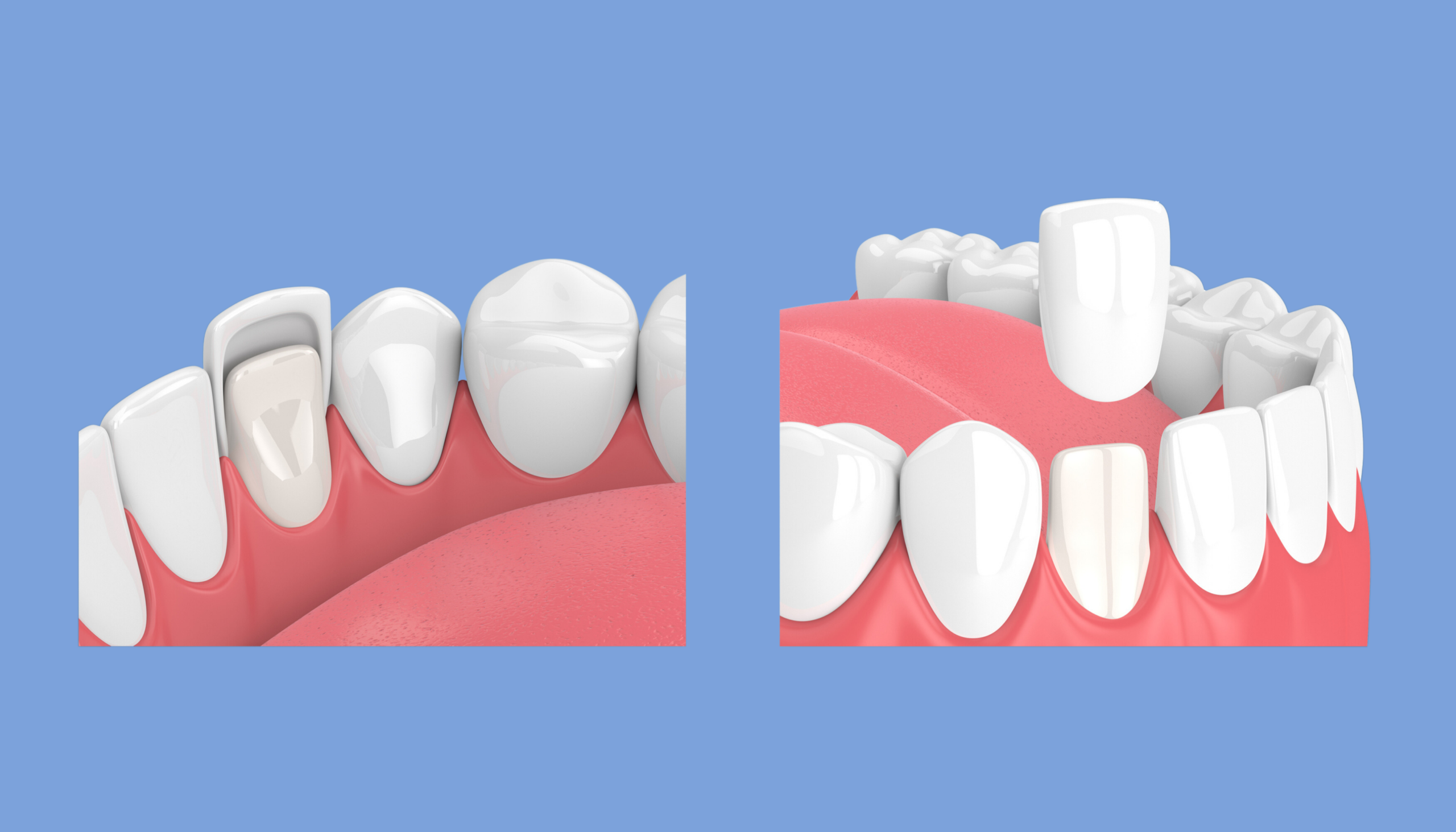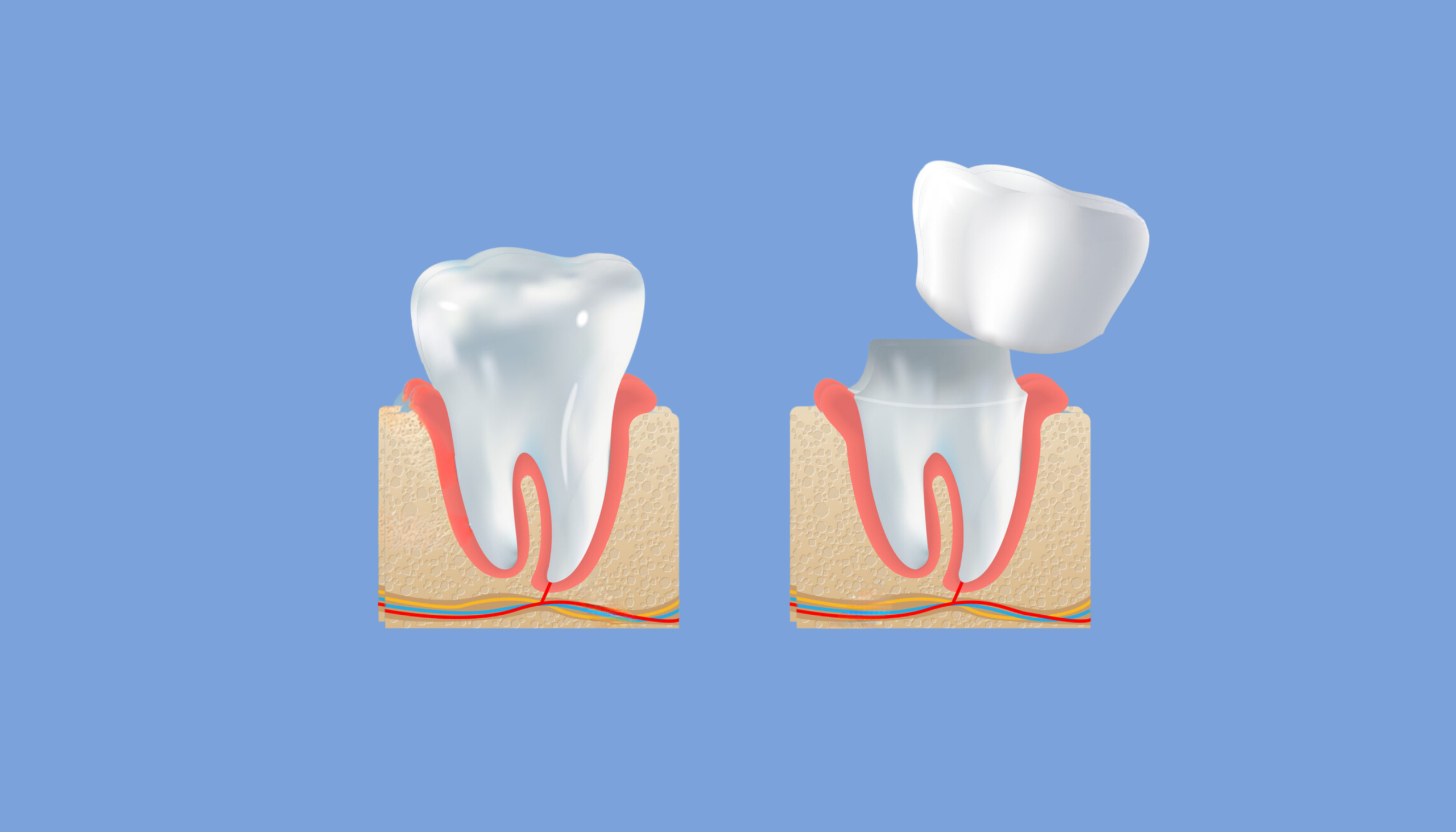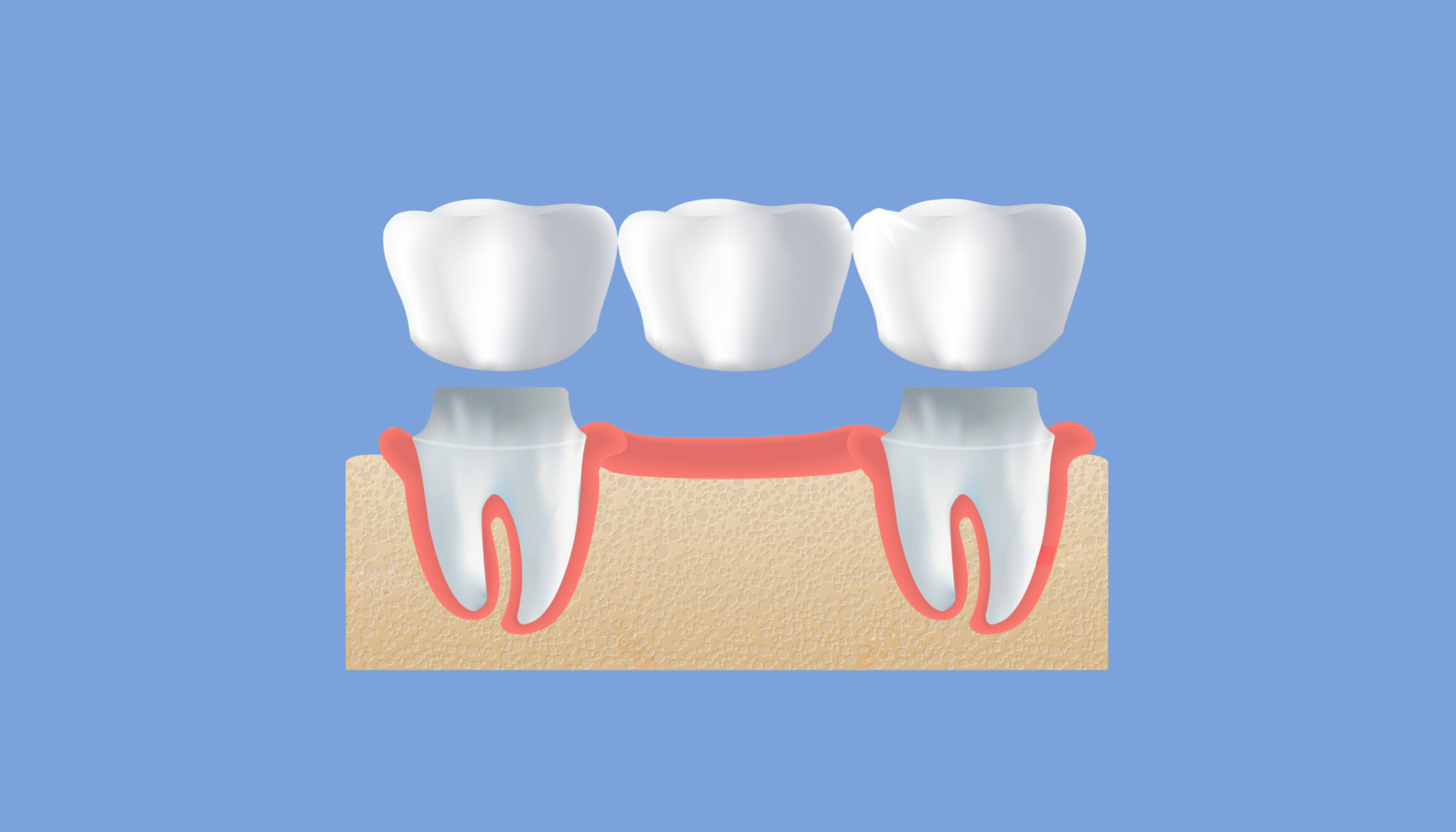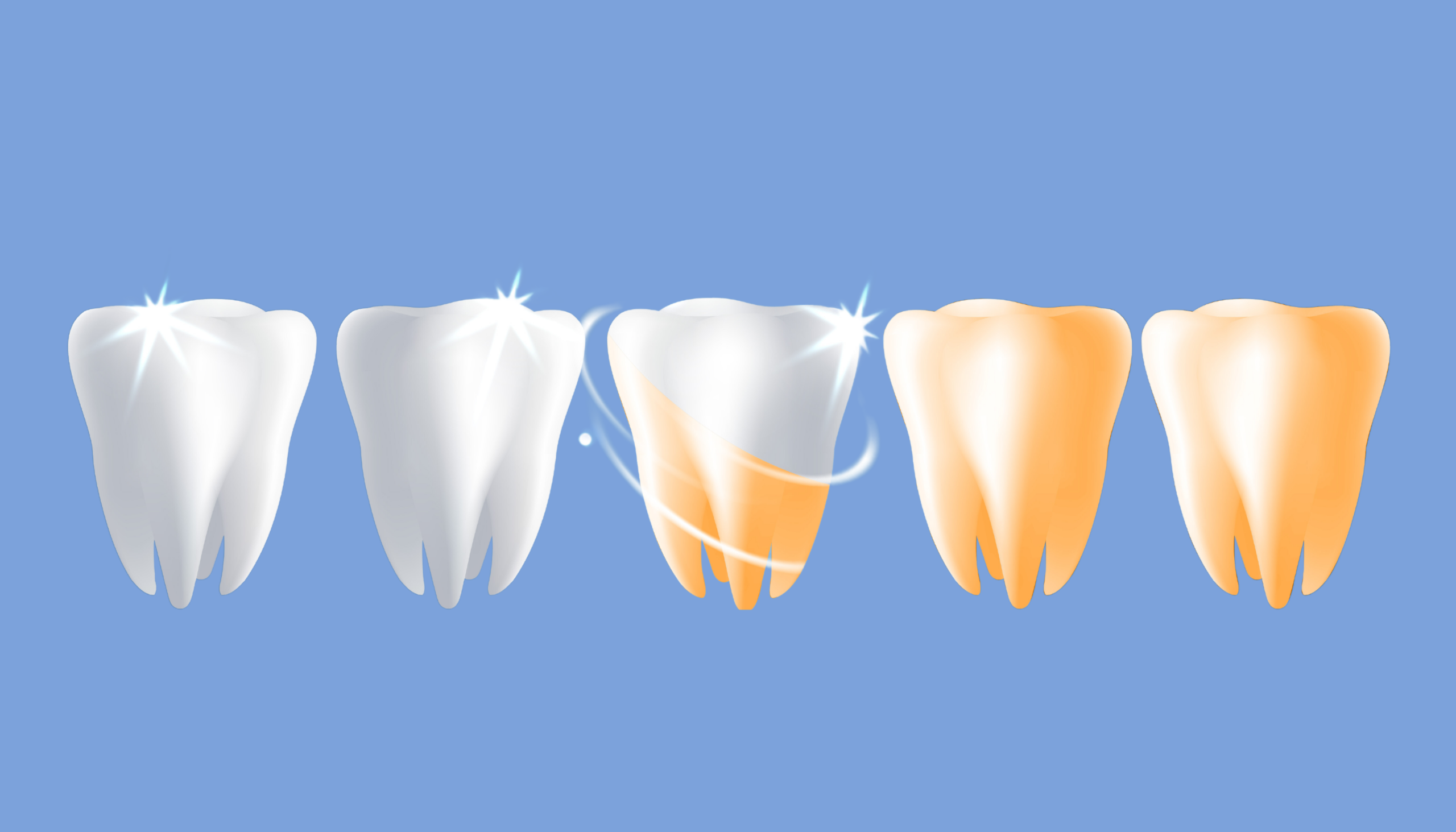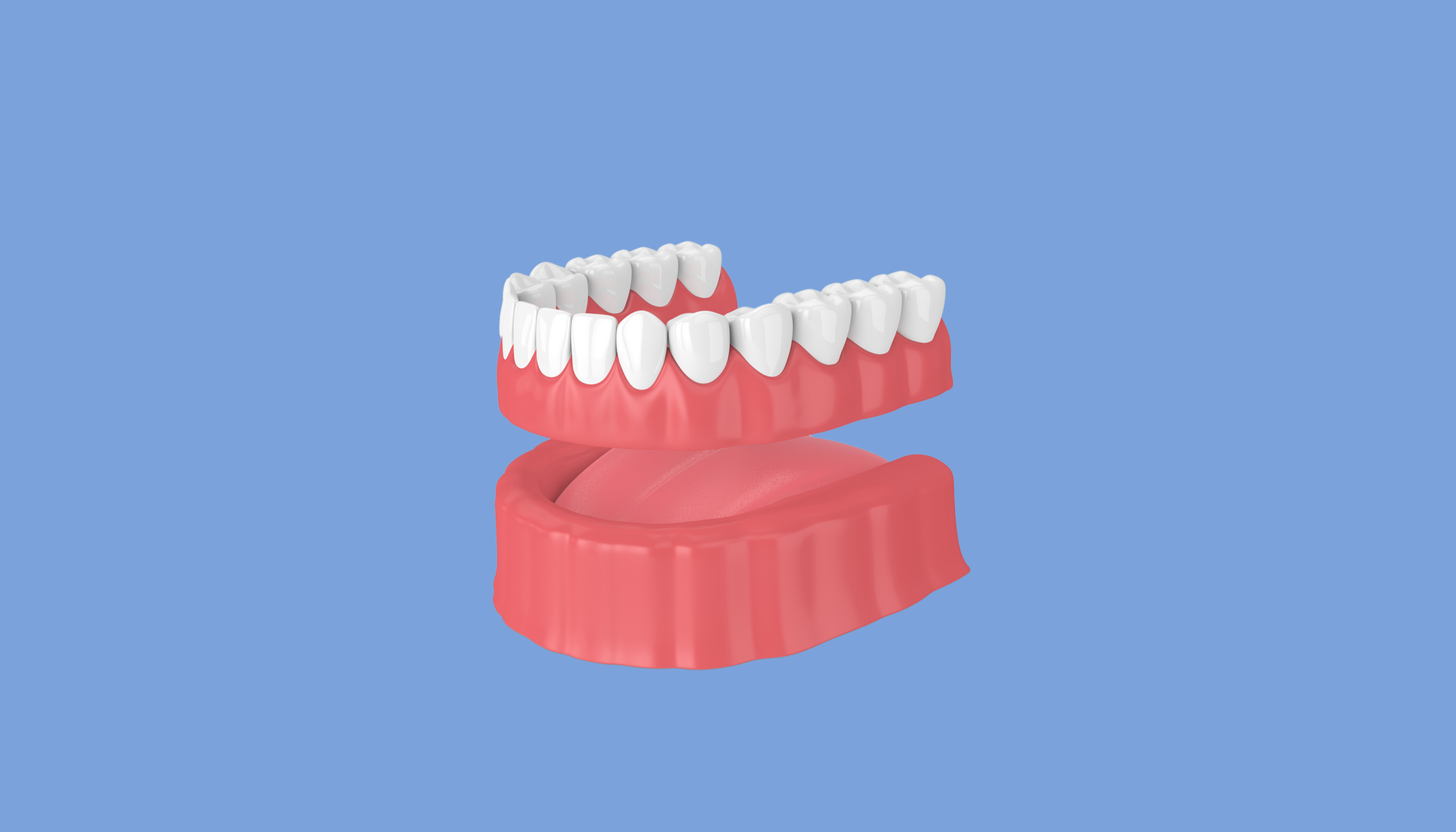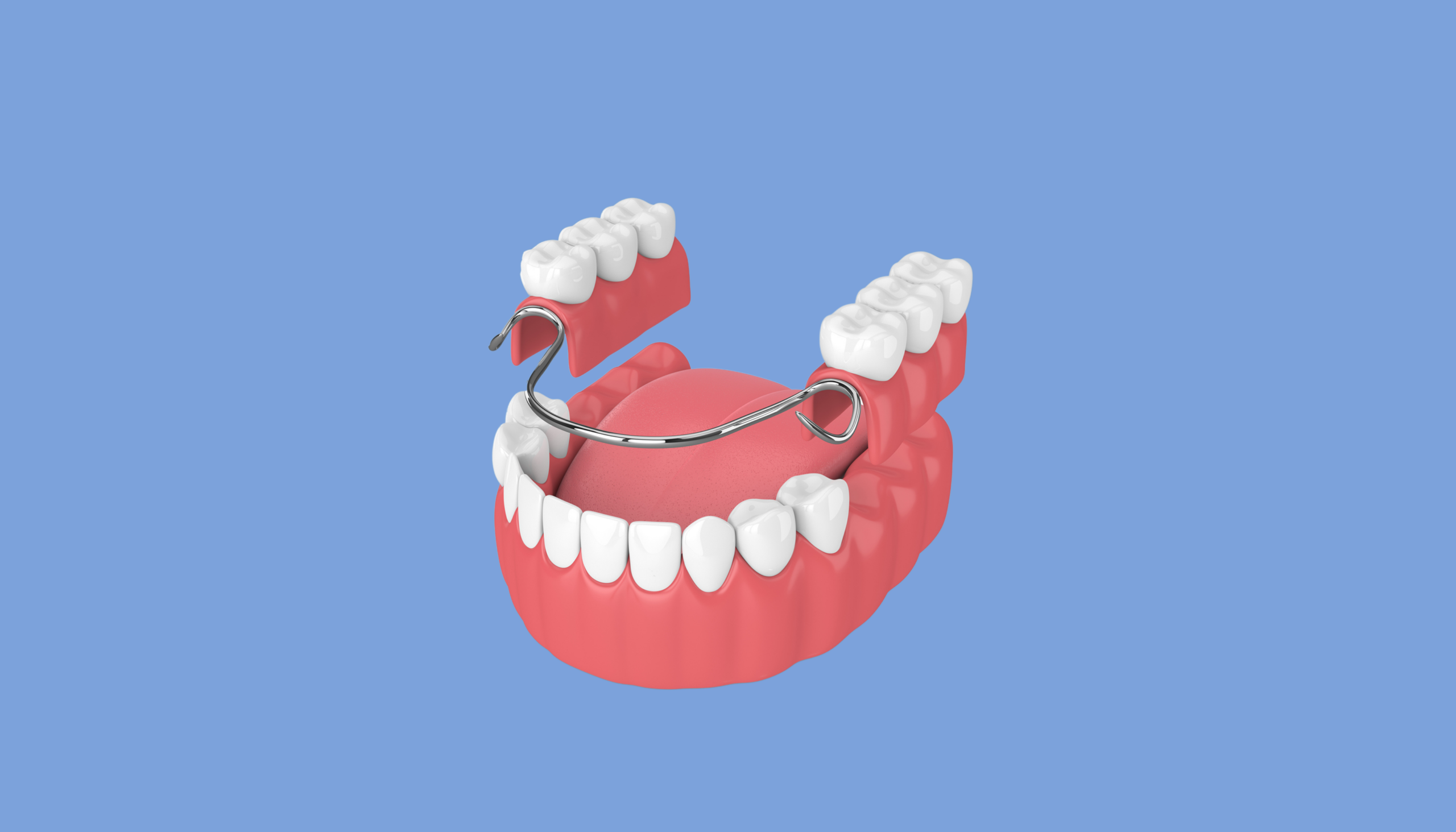Brightening and straightening
If you’re looking to brighten or straighten your smile, veneers, crowns or composite bonding are all options that can help without removing and replacing teeth that are perfectly healthy. If you’re just looking for a brighter and whiter smile, there are also two options for teeth whitening that your dentist can help with. Your dentist may also suggest orthodontic treatment in the form of Invisalign or braces if necessary or if you are looking to straighten your natural teeth. Find your nearest Pacific Smiles offering Orthodontic Consultations here.
Full tooth replacement
When it comes to tooth replacement, many patients choose to leave the empty space between their teeth if it is far enough back that people won’t notice. However, missing teeth are not always just cause for cosmetic treatments. Missing teeth can not only affect your appearance but also your ability to speak and eat normally, which can also have consequences for your overall health.
It’s important to remember that not all cosmetic treatments are suitable for everyone and depend on many underlying features such as surrounding tooth, bone, and gum health and your desired outcome. The Dentists at Pacific Smiles Dental may recommend one or more of the below treatments if you are looking to improve your teeth and smile or looking to replace missing teeth.
Compare your cosmetic dental options
| Purpose | Advantages | Disadvantages | Lifetime | Procedure | Material | Cost | |
|---|---|---|---|---|---|---|---|
| Veneers | An effective solution for improve the shape, size, and colour of teeth. |
Generally, require less of the natural tooth enamel to be removed compared to crowns.
May resist tooth staining more than natural teeth.
|
Natural teeth can still decay beneath the veneer.
May need to be replaced throughout lifetime.
|
Porcelain: up to 10 years.
Composite: Up to 5 years.
|
Enamel is removed from the tooth surface in order to place the veneer on top of the tooth. | Thin porcelain or composite resin facings that are bonded to the front surface of teeth. | Cost varies depending on the material chosen. Porcelain veneers are generally more expensive than composite veneers. |
| Crowns | Strengthen and improve durability and tooth stability, or enhancing the appearance of a tooth. |
A long-term solution to replacing damaged teeth and improving their appearance.
May resist tooth staining more than natural teeth.
|
Removes more natural tooth than other options.
May need to be replaced throughout lifetime.
|
5 to 15 years or longer with proper care and maintenance. | Generally require two appointments. The tooth needs to be prepared before the new crown is adjusted and cemented in place. | Can be made from porcelain or ceramic to blend seamlessly with your natural teeth. | Cost varies depending on the material chosen. Porcelain crowns are generally more expensive. |
| Bridges | Used to replace one or more missing teeth, improve chewing ability, maintain facial structure, and prevent teeth from shifting when gaps are left by missing teeth. |
Usually, replaces just one tooth, but can be used to replace multiple teeth.
Custom-made to blend in with the colour, shape, and size of your natural teeth.
|
Requires reduction of adjacent teeth. | With proper care and regular dental check-ups, can last 5 to 15 years or longer. | Generally require two appointments. The teeth adjacent to the gap are prepared by removing a small portion of enamel. The permanent bridge is then fitted and adjusted before it is cemented in place. | There are several types of bridges made of crowns, porcelain frameworks and bonding. Your dentist will be able to determine the right option for you. | Cost varies depending on the type of bridge required. Your dentist will be able to determine the right option for you. |
| Implants | A reliable, long-term solution for replacing missing teeth, providing both the appearance and function of natural teeth. Maintain facial structure, and prevent teeth from shifting when gaps are left by missing teeth. |
A long-term and the most durable solution to replacing missing teeth.
Generally does not affect adjacent teeth.
|
Healing process can last up to 8 months. | Can last a lifetime with proper care. | The implant will act as an artificial tooth root, inserted at the site of missing teeth. Once the implant bonds with the bone, a ceramic crown is placed on top. | Implants are usually titanium followed by a ceramic or porcelain crown. | Generally, more expensive than other options for tooth replacement. Overall cost can depend on material used and the placement of the implant and crown. |
| Partial Dentures | A reliable solution for replacing missing teeth, helping you regain confidence in your smile and enabling you to enjoy a wider variety of foods. | Can be temporary or permanent for people of all ages. One of the most secure ways to fill gaps left by teeth that need replacing. | Require special care and cleaning to avoid bacteria build-up. May need to be replaced every few years to fit correctly. | 5 to 10 years. | Generally require up to 4 appointments. Your dentist will take impressions of your mouth. Once the denture is made, a test fitting will ensure a comfortable fit, feel and look before a final fitting. | Will often use chrome framework instead of acrylic framework as it can offer more stability and strength. |
The cost of dentures varies widely depending on factors such as material, type (full or partial), and whether they are supported by implants (retained dentures).
|
| Full Dentures | Can restore function when all of the teeth have been lost due to disease or damage. Help provide support to the facial structure allowing lips and cheeks to look fuller, resulting in a younger, healthier appearance. | A cost-effective tooth replacement option for missing multiple teeth. Available for both the lower and upper jaws. Option to have implant retained (permanent) dentures. | Require special care and cleaning to avoid bacteria build-up. Dentures need to be replaced every few years to fit correctly. | 5 and 10 years. | Generally require up to 5 appointments. Your dentist will examine your mouth to determine suitability and will take impressions of your mouth. A test fitting will ensure a comfortable fit, feel and look before a final fitting. |
Generally made of acrylic resin or porcelain and will often use chrome framework for stability and strength.
While porcelain dentures, may last longer; acrylic dentures are usually stronger.
|
The cost of dentures varies widely depending on factors such as material, type (full or partial), and whether they are supported by implants (retained dentures). |
